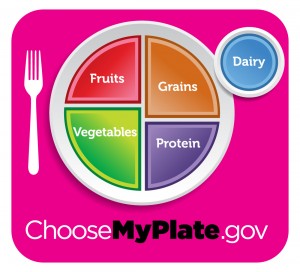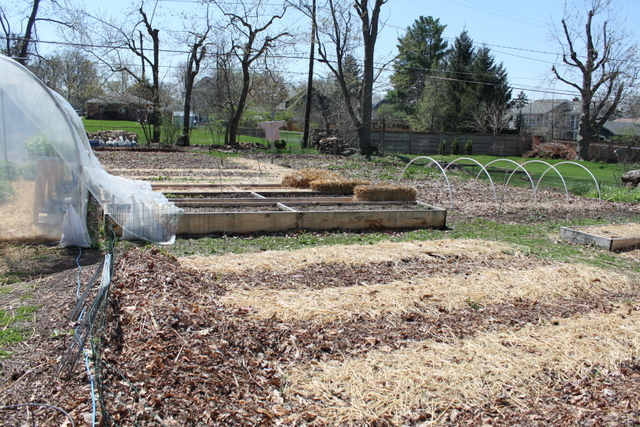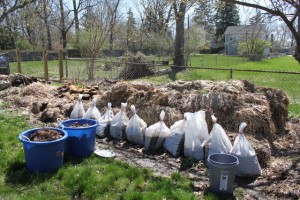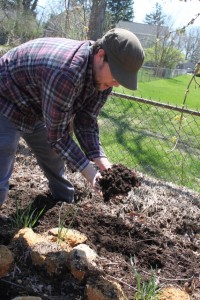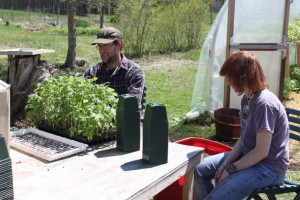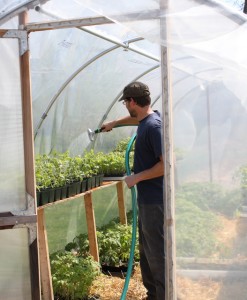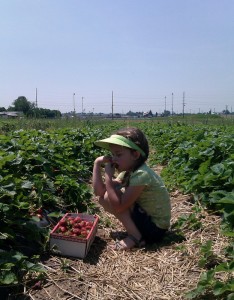BlogHer Food ended Friday with a keynote from movie producer, author, and activist Laurie David and chef turned educator Asata Reid. What follows in a recap of their informative and inspirational discussion on family dinner and living green.
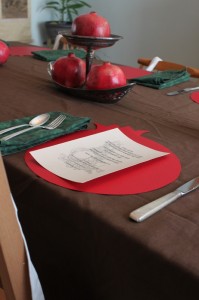 Laurie and Asata each had an 'aha!' moment that led them from carrying on their lives and drove them to engage in environmental activism.
Laurie and Asata each had an 'aha!' moment that led them from carrying on their lives and drove them to engage in environmental activism.
For Asata, the moment came when she surveyed the shopping carts of fellow shoppers in a big box store one day. She saw baskets filled with boxed, canned, and jarred stuff. It hit her that if you gave some people five servings of fresh fruits and vegetables a day, they wouldn't know what to do with it. She figured she must break down cooking skills into manageable bites for the busy family.
Laurie was called to examine the consequences of societal choices when pushing her child in a stroller one day. Standing on a street corner, she felt surrounded by gas-hogging SUVs. It was the first time she considered that as a mom, she had to protect resources her child might need, not to mention her personal health, by advocating for more eco-friendly practices.
Later, when her daughters were teens, Laurie recalls a single family dinner. Her girls were sitting around the table discussing life hours after dinner concluded. Unlike other families who feel disconnected, Laurie's was not. She felt she had done something right to insist on the family dinner ritual.
Family Dinner
"Every issue I care about crosses the dinner plate," Laurie asserted. Her family rule was that everyone must come to dinner Monday through Friday and sit down together. "The whole point of dinner is to sit and talk," she said.
Asata agreed. "How are you a family if you aren't scheduling time to be a family together?" Statistically, Americans have found time for internet surfing and video games, and some of that time could be used for dinner. Laurie believes, "everything you worry about as a parent is solved by family dinner."
Truth, Picky-ness, and Table Topics
Kids are becoming overweight and diabetic at alarming rates. Children deserve to know the facts about food. "You gotta tell kids what food does for you," Asata said. "Give them that information." Both women agree that talking honestly about food, the good and the bad, gives children the foundation to make their own decisions.
Many parents deal with picky children. The chef and home cook agree that it takes awhile to build a palate. Parents must give their child a chance to develop, not indulge in picky desires. Kids need to be repeatedly introduced to unfamiliar foods.
At the dinner table, Laurie and Asata encourage their kids to take one bite of each food. Then they guide the conversation away from food and towards more friendly topics. They play games like "What I like about you" where each family member compliments others. Laurie's book The Family Dinner includes dozens of conversation starters.
How To Change Food Habits & Make Green Decisions
If a person wants to change their food habits, Asata advises gathering passive information through blog feeds or magazines so that healthy menus and recipes are ready at hand. Buying organic improves the health of the environment and individual. Families can start new rituals, like meatless Monday, to take a small step towards sustainable eating.
Making greener decisions that relate to the dinner plate can be equally simple. Eat seasonally and you will reduce transportation resource use. Look at what you eat a lot of, i.e. where the biggest impact can be made, and make better choices there. If you family consumes a lot of broccoli, for instance, pledge to buy organic.
Give your children opportunities to understand the political aspects of food decisions. Pick berries and meet farmers. Talk about current events. Laurie encourages parents to view "every meal as a teachable moment."
Be a change agent by starting at home. Then, influence your circle of friends. Laurie believes it is "incumbent on you to teach others." Sometimes, she says, "we have to get a little mad, have to get a little activated...and push for change."
Added to Hearth & Soul 49.
 It's shaping up to be another warm day, with thunderstorms crashing through the sky already. I recommend lazing near a fan and reading these thoughtful articles from across the Internet.
It's shaping up to be another warm day, with thunderstorms crashing through the sky already. I recommend lazing near a fan and reading these thoughtful articles from across the Internet.
